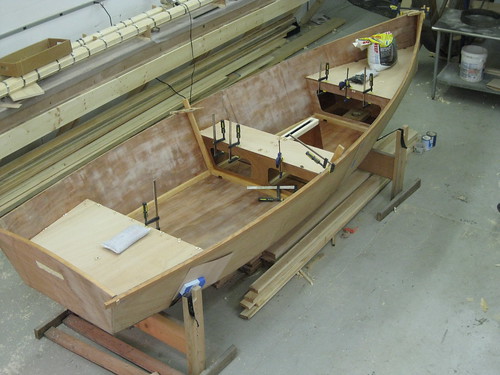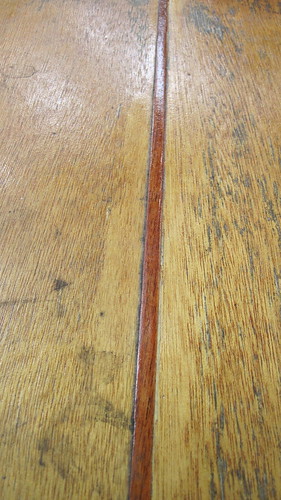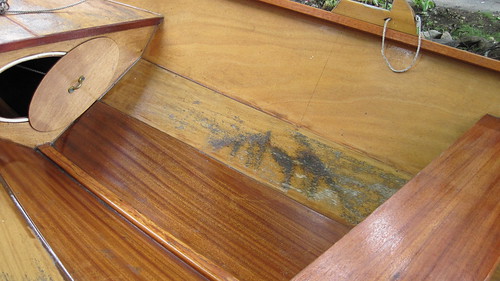
Our first kit offering at Clint Chase Boatbuilder is a plywood and timber kit for the Michael Storer designed Goat Island Skiff (GIS). Why buy a kit? Folks are sometimes offended when I suggest this, feeling that it is thought they don't have the skills to make the parts themselves, but that is not it at all. We build all of our boats in the shop from kits!!! Even professionals do it and the reason is that it makes the build process quicker and smoother and the result is more professional. In the case of the GIS, we have made parts and built the hull of the boat, making all the small tweaks that professionals with a good eye make to the lines of the boat to make them look eye-sweet. Any design, no matter how well drawn, will need some eyes on it in 3D to make final tweaks. We also have checked bevels and made some adjustments for a rabbeted gunwale, which covers the end grain exposed at the top of the gunwale. Our kit captures all these professional practices so you can get a better boat. Currently, kits are cut per order, but we may move to CNC when volume increases.
We were attracted to this design initially because of the sail plan, a beautifully proportioned Balanced Lug. Upon further reflection we noticed something was missing for RAID sailors and for others who might use the boat as a sail & oar craft. It needed a mizzen. A small mizzen gives great control of a small boat, allowing one to lie head-to-wind for reefing at sea or for heaving-to. It allows you to back off a beach or a dock, with practice. It is useful for trimming the sail plan, adjusting weather helm to create "feel" in the tiller. A mizzen makes single handing much easier, especially for switching between oars and sail, because the boat will tend itself and stay head-to-wind while you stow oars and fidget with things at the mast. For a useful diagram showing
How to Sail a Lug-Yawl, by James McMullen.
We can supply a kit for the GIS as well as the mast and spars. Masts are round, hollow using the Birdsmouth technique. Yard and boom for the GIS are solid, laminated Northern White Spruce. Laminated spars stay straighter over time with changes in moisture content in the wood. We can make custom 9' oars specifically designed for the GIS. Rowing in the Goat Island Skiff is quite enjoyable, whether it is from the dock to a local area with wind, or coming back when the wind has petered out. Products for the Goat Island Skiff can be seen in the GIS Flyer on our website
Goat Island Skiff Page.







